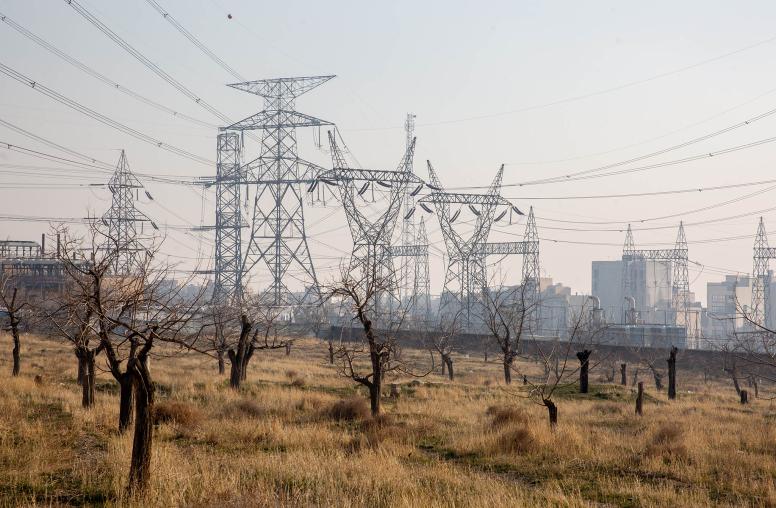Nuclear Diplomacy with Iran: What’s Ahead for the Biden Administration?
Iran’s June election provides the incoming U.S. administration with a short window to get negotiations on track.
Editor’s note: This is the first in a three-part series analyzing the nuclear diplomacy challenges the incoming Biden administration will face. In Part 2, USIP’s Frank Aum and Ambassador Joseph Yun explain why Washington’s and Pyongyang’s domestic challenges may limit bilateral engagement. In Part 3, USIP's Donald Jensen examines the prospects for arms control with Russia amid competition on other issues.
Of all the pressing issues in the volatile Middle East—wars in Syria, Yemen and Libya, unstable Iraq, imploding Lebanon, and the 10,000 ISIS fighters and other al-Qaida franchises still on the loose—the most pressing for President-elect Joe Biden will be Iran’s controversial nuclear program. He has repeatedly promised to rejoin the nuclear deal, brokered by the world’s six major powers in 2015, which Donald Trump pulled out of in 2018.

But, the Biden administration won’t have much time—maybe six to eight weeks—to make initial progress. Iran shuts down for two weeks on March 20, for Nowruz, the Persian New Year, and the presidential campaign starts when it opens up again in April. The election is on June 18. President Hassan Rouhani, who dared to run in 2013 on a platform of diplomacy with “the Great Satan” and limits on Iran’s nuclear program, will not be a candidate; Iran has a two-term limit. Rouhani has a vested interest in reviving diplomacy that could ease some sanctions and restore his legacy, but he has limited time to engage with the Biden administration before he is a lame duck.
The stakes are broader than Iran’s nuclear capability. The Trump administration’s “maximum pressure” campaign—sweeping sanctions that have isolated Iran financially and targeted top politicians, the military and more than a dozen banks—have given leverage to hardline “principlists” and conservatives, who won the majority of seats in February 2020 parliamentary elections. They will use the economic costs and failure of diplomacy with the U.S. as a central plank in their platform to take back the presidency.
[A]fter a new Iranian president is inaugurated in August, the … most difficult step will be broader reengagement on all the other issues that the United States has long wanted to address, including Iran’s missile program, regional influence, support for terrorism, and human rights abuses.
For Biden, it’s not just about rejoining the nuclear deal. As Trump ramped up sanctions, Iran engaged in a series of breaches of the nuclear deal that increased its production and stockpile of uranium enrichment, the fuel used for both peaceful nuclear energy and the world’s deadliest weapon. In an essay for CNN, in September, Biden proposed “compliance for compliance”—which would include Washington rejoining the deal and Tehran reducing its materiel. But who goes first? What sanctions should the United States lift and which should remain? How much does Iran undo? Ultimately both sides want leverage over the other.
The first challenge will be agreeing on the roadmap for diplomacy, quickly. The second step will be taking substantive steps to avoid diplomacy from becoming an election football that defines who wins Iran’s presidency. Down the road, after a new Iranian president is inaugurated in August, the third and most difficult step will be broader reengagement on all the other issues that the United States has long wanted to address, including Iran’s missile program, regional influence, support for terrorism, and human rights abuses. Biden will be the eighth U.S. president since the 1979 revolution to try to defuse tensions with Iran. Four years may not be enough time to deal with four decades of flashpoints between Washington and Tehran.



